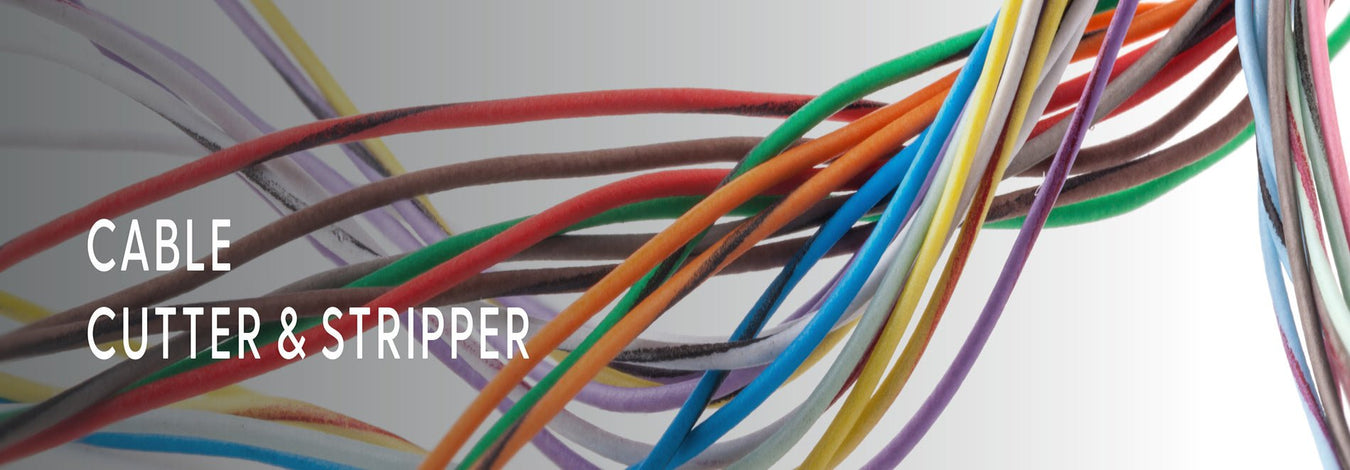
Is it better to Crimp or Knot Fishing Line?
Crimping and knotting are the most common methods for joining a lure and fish line. Choosing the suitable method is quite crucial. One of the most commonly asked questions is whether crimping is better than a knotting fish line. Each technique has advantages and disadvantages, and several factors often determine choosing between the two. Therefore, it’s more important to focus on when it is best to use crimps and when it’s best to use knots.
This post explores the differences between crimp and knotting fishing lines to help you decide the best technique for your fishing hobby or profession.
Crimping Fishing Lines
Crimping a fishing line entails inserting a metal sleeve (a crimp) to create a loop that secures the line to a hook or lure. Crimps are made from metals such as copper, aluminum, and brass. They are of different types, i.e., double barrel sleeves (best for long-line fishing), round sleeves (best for lightweight fishing), and oval sleeves (best for heavy lines and long-line fishing).
To crimp fishing lines requires a special tool called a wire rope swager or a wire rope crimping tool. An ideal example of this tool is the iCrimp IWS-1608B Wire Rope Swager, which crimps wire rope cables up to 3/16".
Why would anyone even think of crimping fishing lines while they can make knots? Here is why most people prefer using crimp sleeves:
1- Strength and durability
When properly done, crimps provide a strong and durable connection that can withstand the weight of large fish without weakening or creating an unraveled fishing line.
2- Easier and quicker to make and use
Although crimping fishing lines requires a special tool, it’s an easy process requiring minimal skills and less time.
3- Precision
With crimping, you can control the tightness of the connection you create. Also, it’s easy to make rigs of the same length.
Knotting Fishing Lines
Knotting is a conventional technique used to secure hooks or lures to a fishing line. It entails using nylon or cotton ropes to make knots. With this method, you can make different styles of knots, such as the clinch knot, Palomar knot, Turle knot, tucked sheet bend, and snelling knot. However, the type of knot you make is determined by the fishing line and hook you use.
While there are no special tools/equipment for tying knots on fishing lines, knowing how to tie different types of knots is essential.
Here are the benefits of knotting a fishing line:
1- Versatility
You can make various styles of knots. Also, knots work well with different types of fishing lines, including braided, monofilament, and fluorocarbon lines.
2- Line flexibility
Knots allow flexibility in your line, thus making them ideal for fishing species that make sudden runs.
3- Availability and simplicity
Materials to make a knot are readily available. Also, you don’t require any unique tool for this process.
Crimps vs Knots: Comparison Table
| Factors | Crimping Fishing Lines | Knotting Fishing Lines |
| Durability & strength | Crimps provide strong, reliable, and durable connections. As a result, they’re used with thick lines and are suitable for salty water fishing (they can withstand corrosion) | Knots provide excellent and solid connections for thin lines. However, if not well tied (especially on thick lines), they can easily slip/unravel under heavy weight |
| Type of fish line | Crimps are best used with thick fishing lines | Knots are most suitable for thin and braided fishing lines |
| Size of fish | Crimps are best for long-line fishing due to their strong connection that supports catching big-mouth fish in both fresh and salt waters | Knots are best for fly fishing because of their ability to support lightweight without putting much stress on the fishing line. Therefore, it is best for small-mouth and freshwater fishes |
| Cost | Crimping is relatively more costly than knotting because you need crimps and a crimping tool. However, the tool is a one-time investment | Knotting is quite affordable, and the materials used are cheap |
| Line flexibility | Crimps offer less flexibility | Knots offer more flexibility, especially when used with thin lines |
Crimps vs Knots: Which is better for Fishing Lines
Each of these techniques has its place in the fishing space, and choosing between the two should primarily be based on your application.
For instance, it’s best to use knots for fish flying with thin fishing lines because they are lightweight and can hold pressure from small-mouth fish. Also, knots are an excellent option if you’re looking for something affordable, especially for freshwater fishing.
Suppose you want to do long-line fishing or fishing of big-mouth fish in salt water; crimps are the ideal option for this kind of application. They are strong, durable, and can support thick fishing lines. Another good part about crimping is that it can be used with certain thin lines for freshwater fishing.
iCrimp offers quality and user-friendly wire rope swagers to help you make reliable, consistent, and strong crimp connections for your fishing lines.
References





